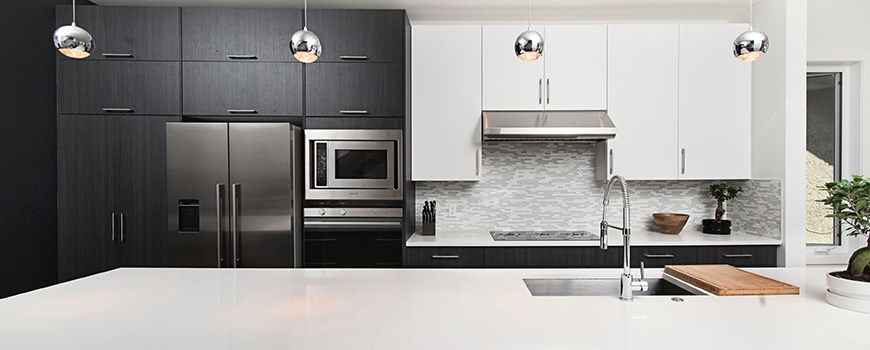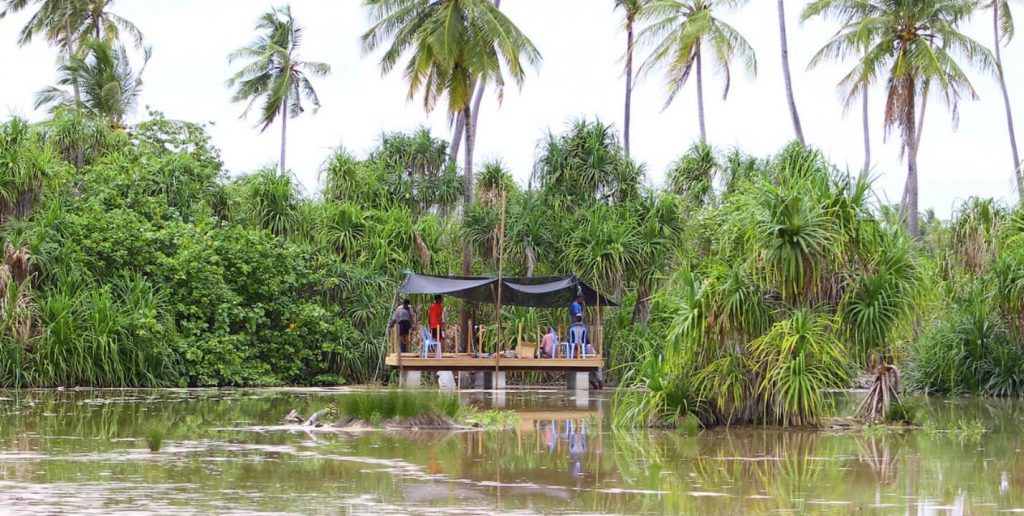SSikundi Kulhi, found in Shaviyani Milandhoo, is a freshwater body with a total area of 11,700 m2. The kulhi gets its name from the abundant amount of freshwater shrimp (dingaa) found in it. Locals refer to the shrimp as ‘sikundi’, which led to the name Sikundi Kulhi.
Generations of Milandhoo children grew up around its banks, catching the shrimp and using it as bait for juvenile travellys even to this day. Bird life also seems to thrive at Sikundi Kulhi with raabondhi, maakana and kanbili being frequently sighted.
Subtitle
Sikundi Kulhi has a sandy bottom with very fine clay, locally called mashi. This waterbody acts as a natural rainwater reservoir and keeps the ground water of the island clean and fresh. The shallow kulhi is 0.5 – 1 m deep on average and has a thin layer of mud on the bedrock. The deepest area of the kulhi is at its South West corner at 1.5 m.


Subtitle
A special aspect of the kulhi is the presence of mangroves. Very large ran’doo trees are found on the perimeter with the tallest trees rising to 9-12 m. Old burevi trees are also found around the water body and the taller ones stand at around 12 m. A few patches of 3-5 m tall burevi are also dotted around the kulhi. About 7 taller burevi trees exist at around 9 m tall. In addition to mangroves, you can also find kuredhi with the burevi in patches also at 3-5 m tall.
Sh Milandhoo was previously an uninhabited island until the residents of Sh Maakandoodhoo were relocated to the island. Maakandoodhoo people had to be relocated as their groundwater became severely polluted with fertilizers and their island was facing high risk erosion.
The new residents of Sh Milandhoo replanted the Banbukeyo trees (breadfruit trees) that are seen around the island to replicate what they had on their island. Perhaps because of their history, the locals seem to value the ecosystem and the area is seen to be quite pristine as of now.
This beautiful kulhi is an area with a profound sense of calm and an almost untouched natural beauty. With the breathtaking scenery that Sikundi Kulhi offers, we believe that it could be developed as an eco park for more people to be able to access it in a safe and respectful way.





